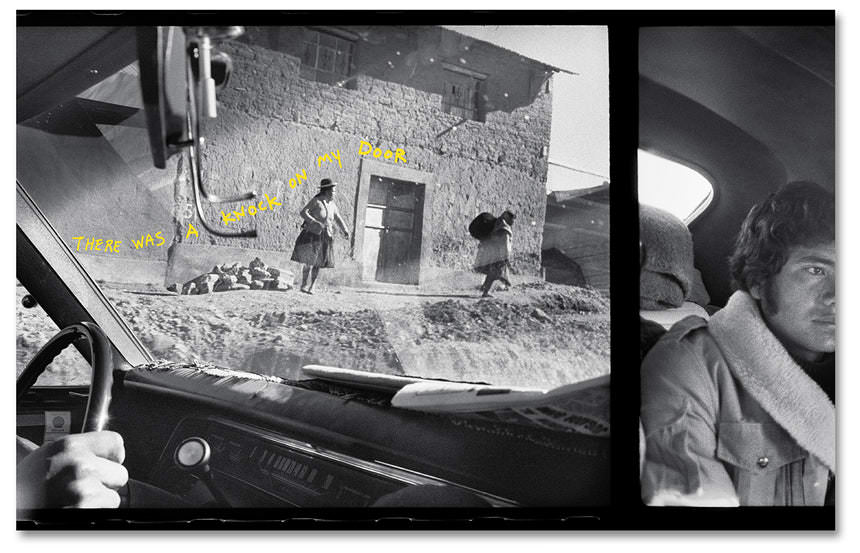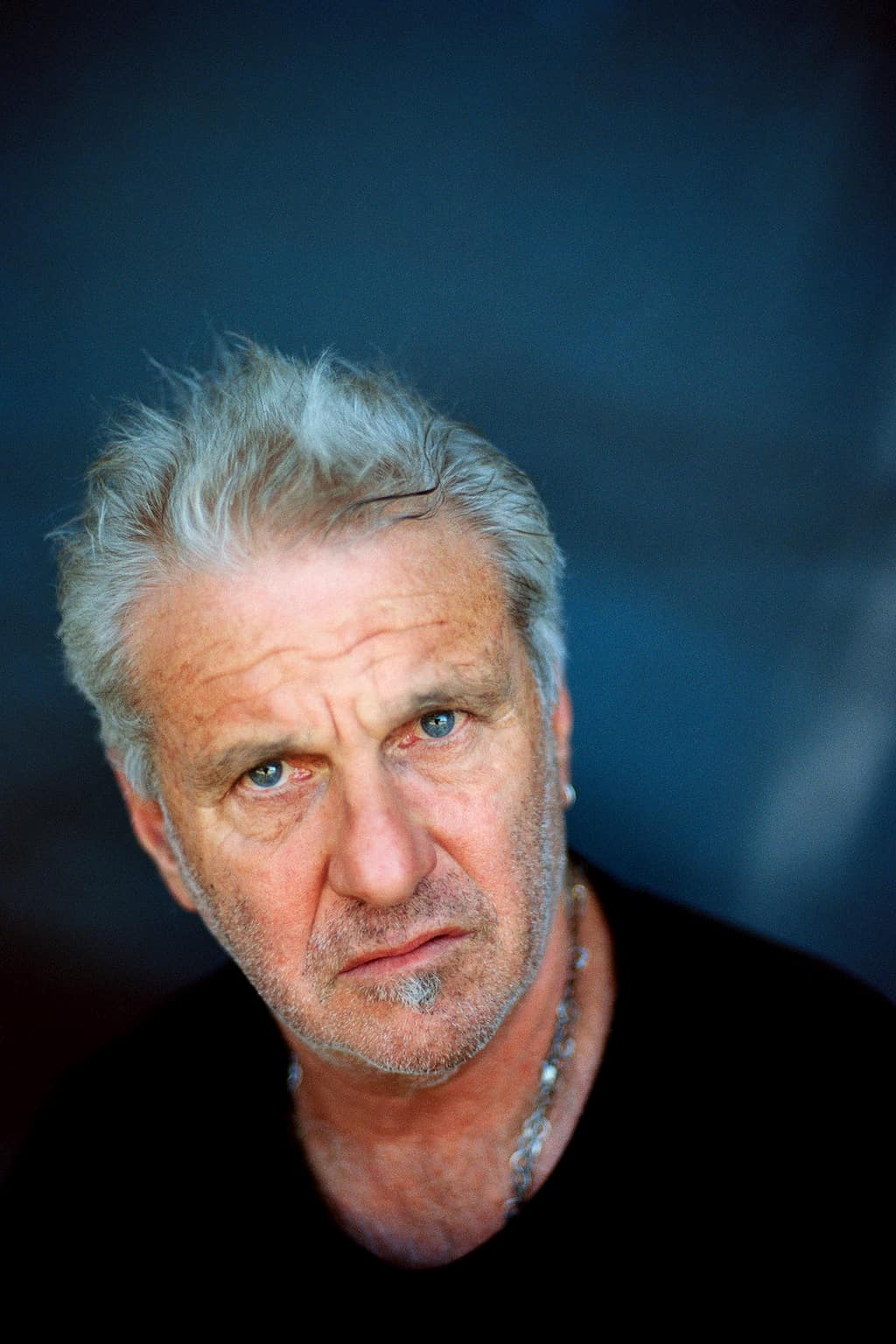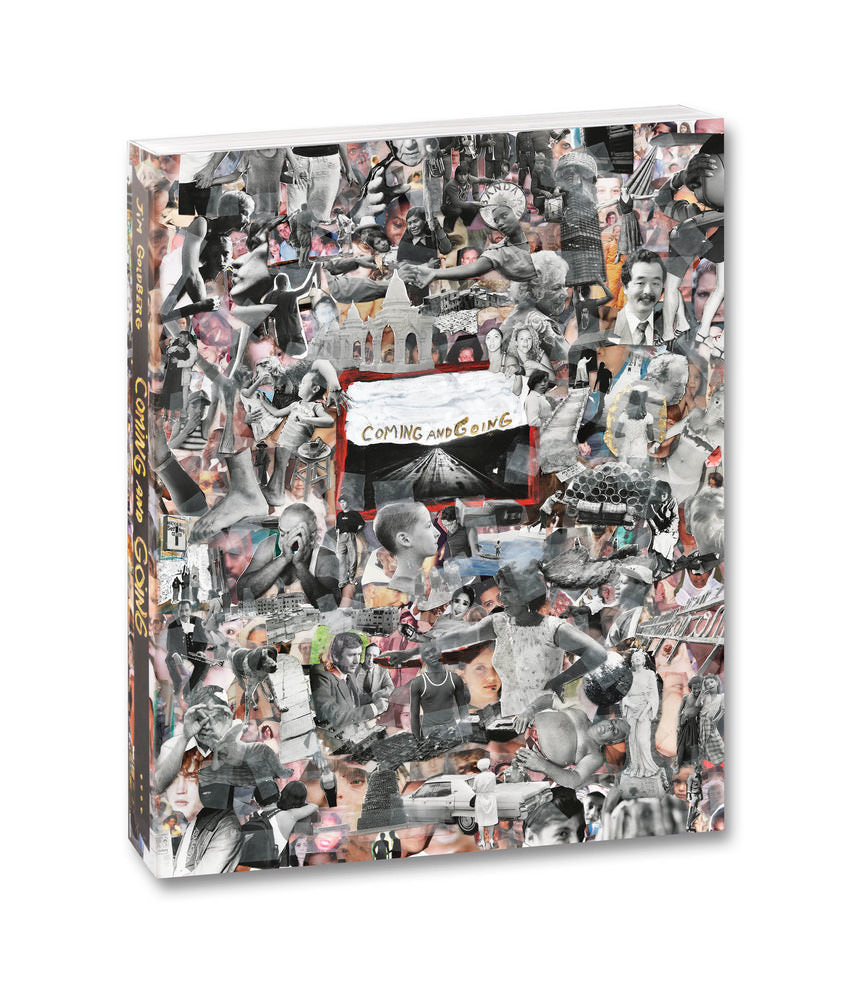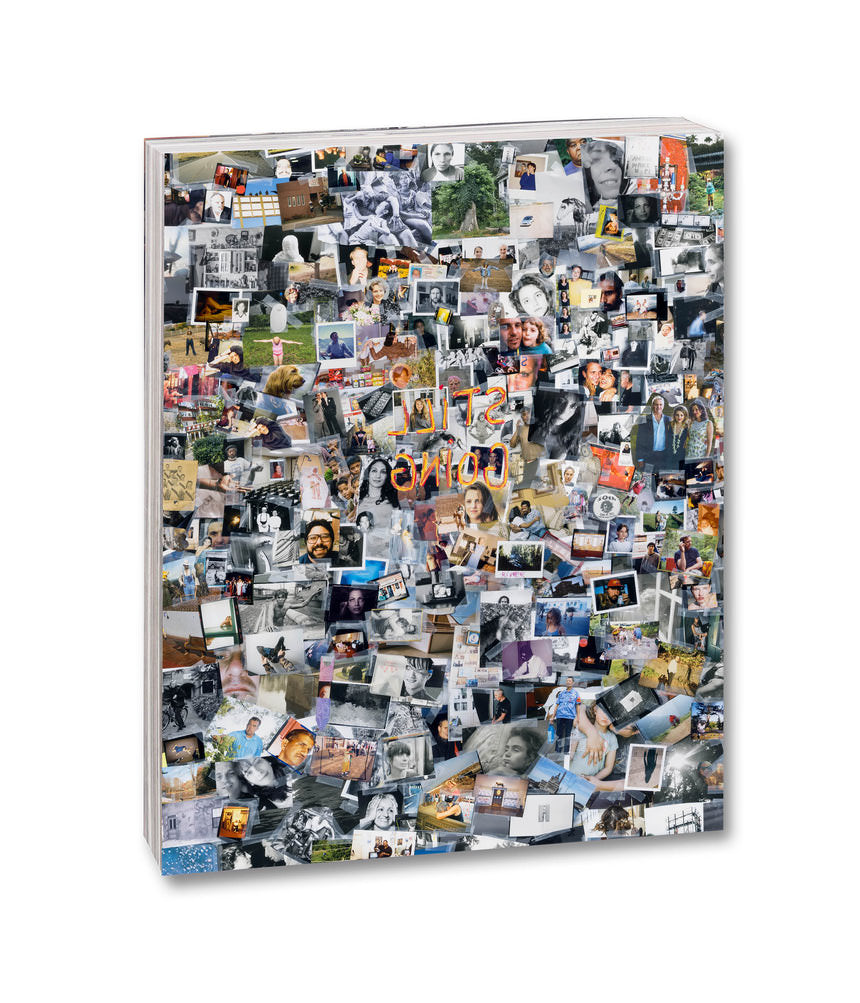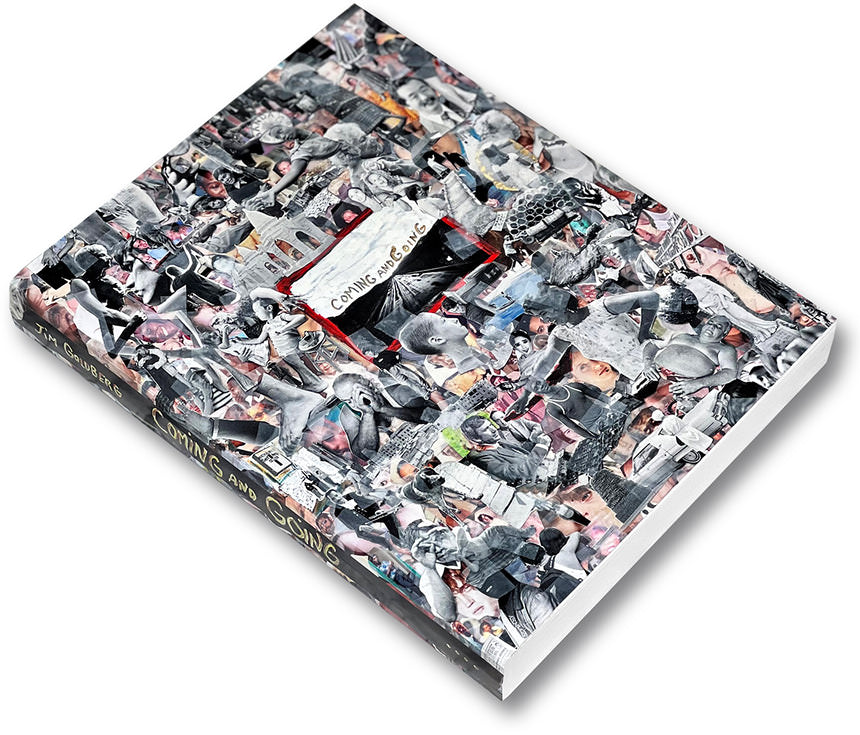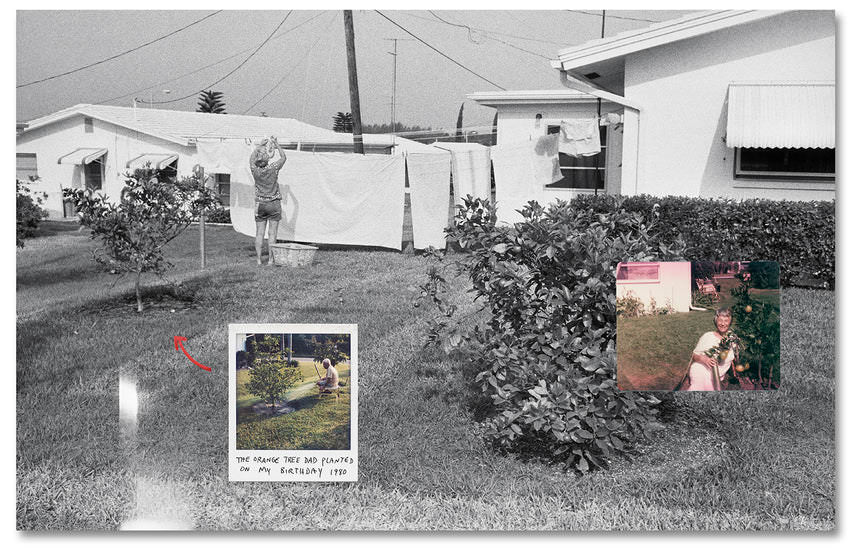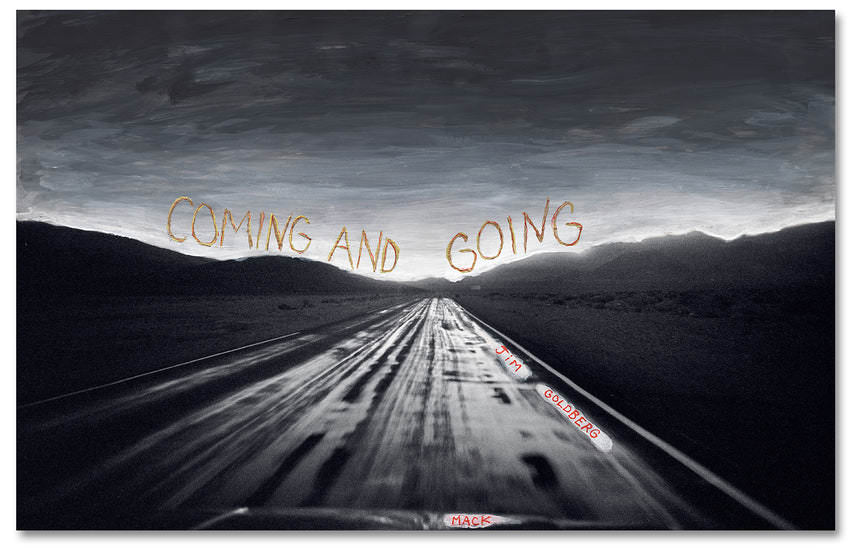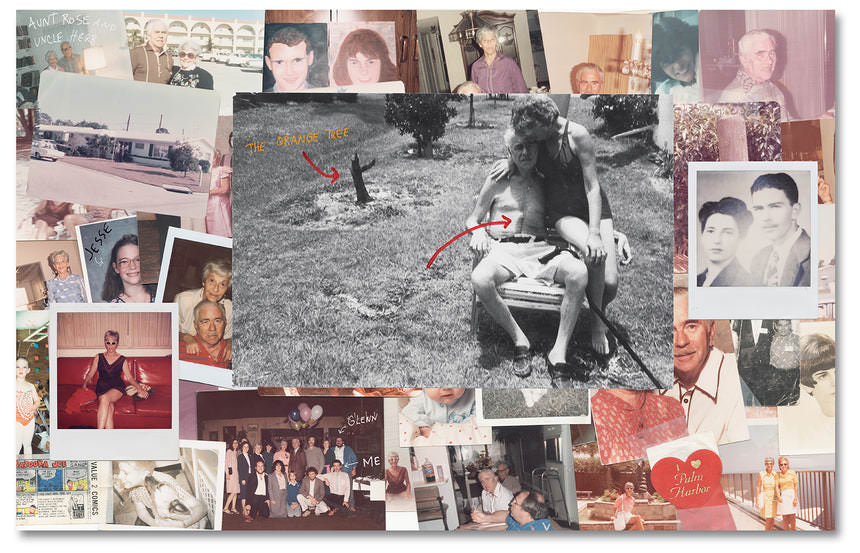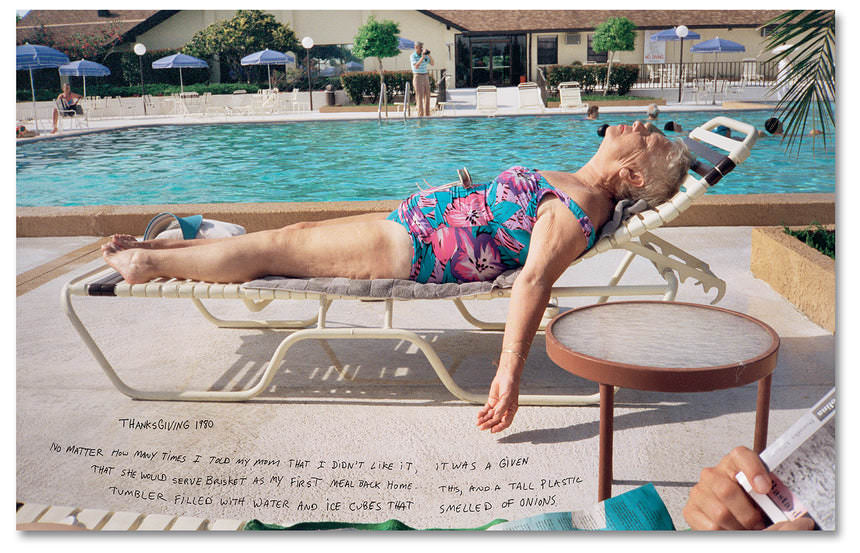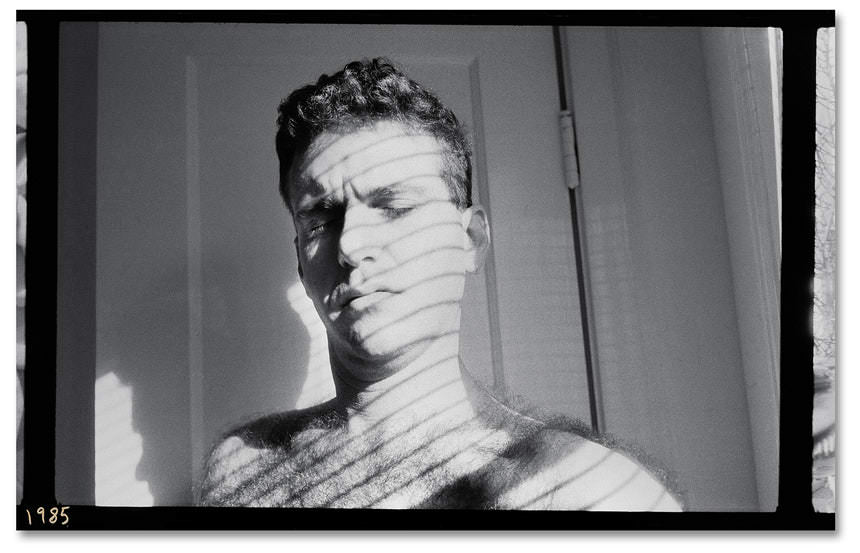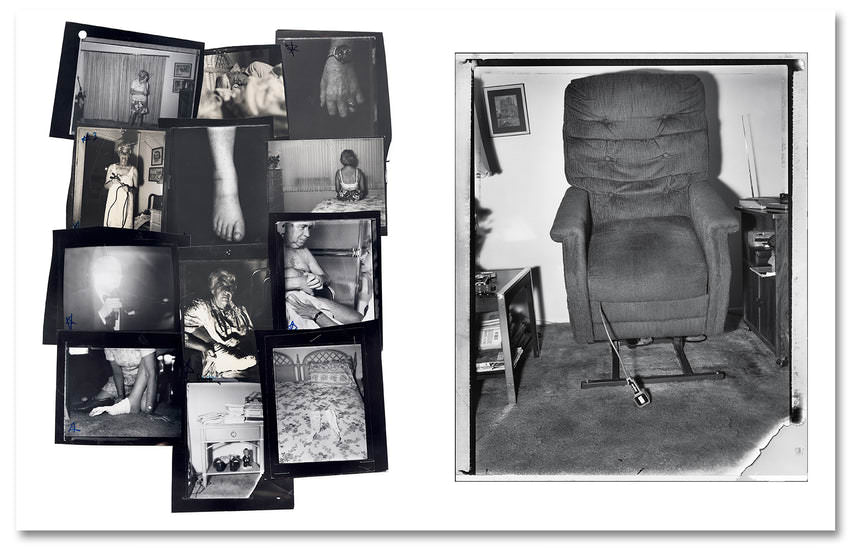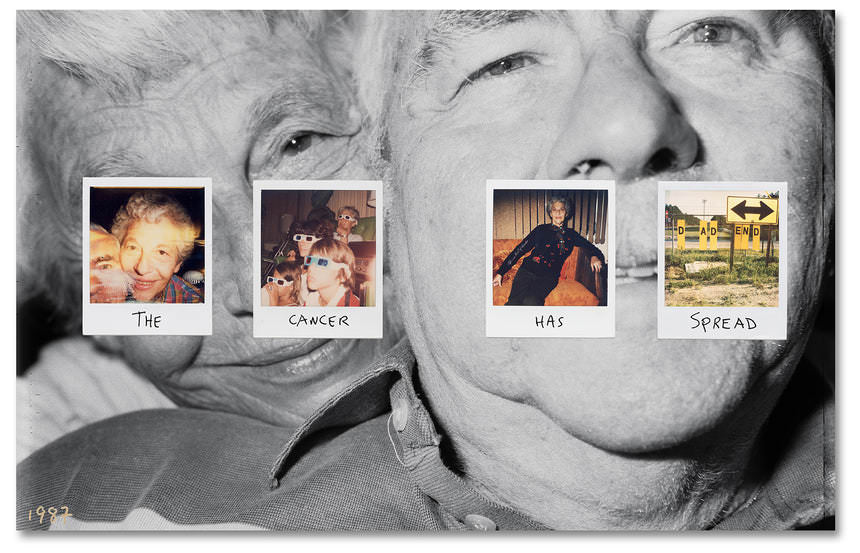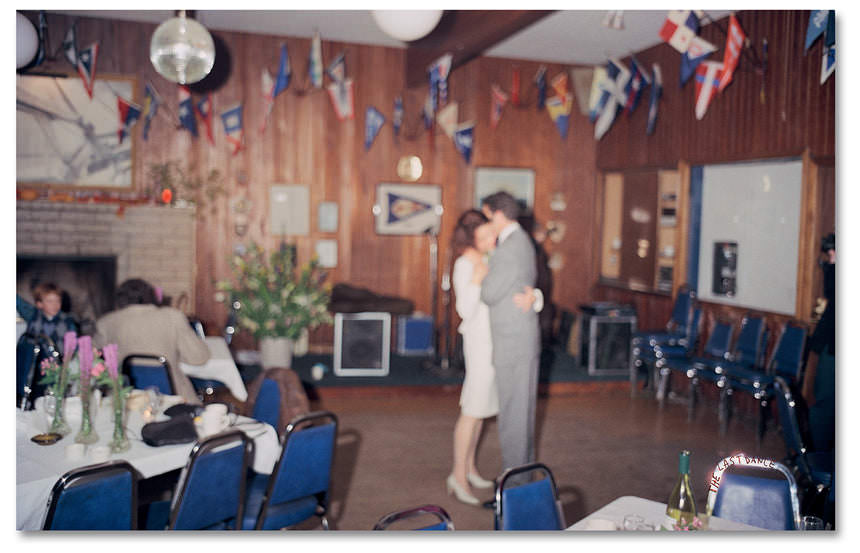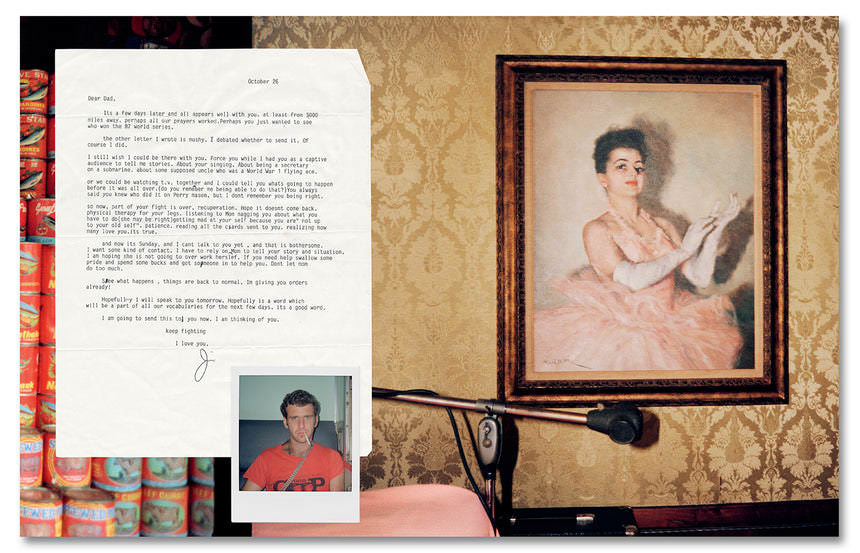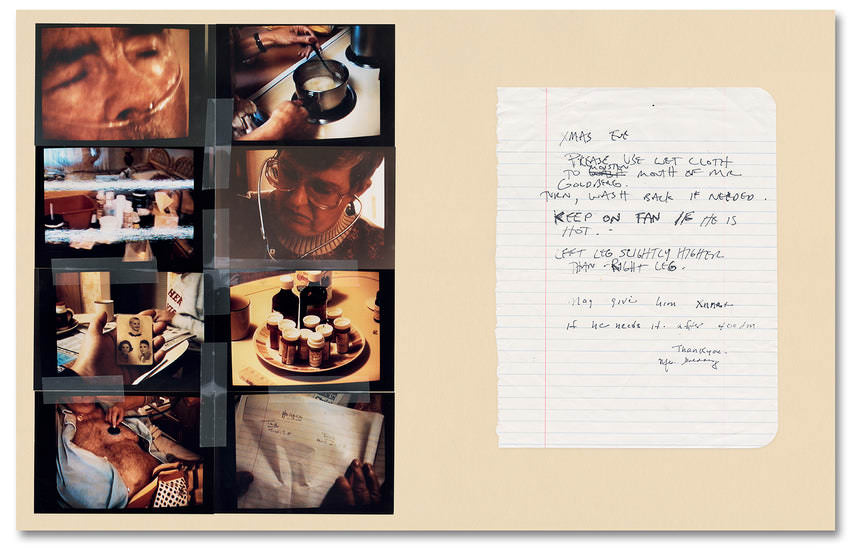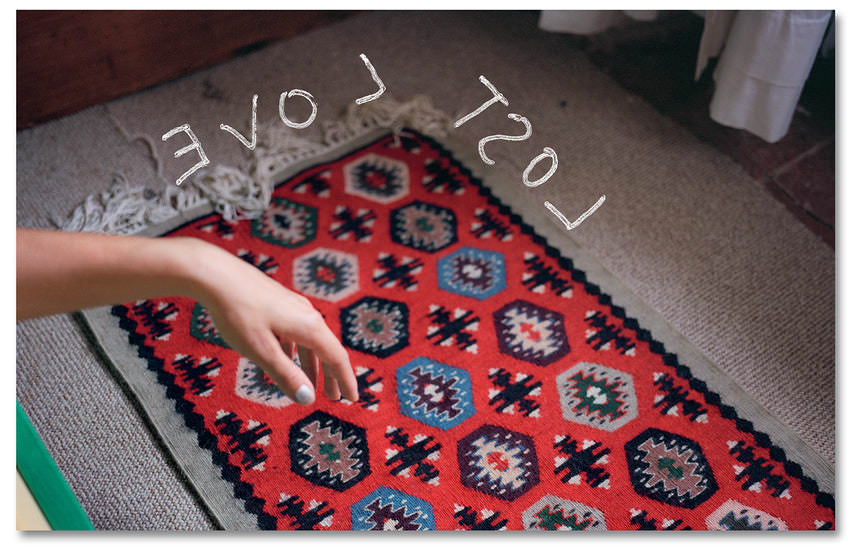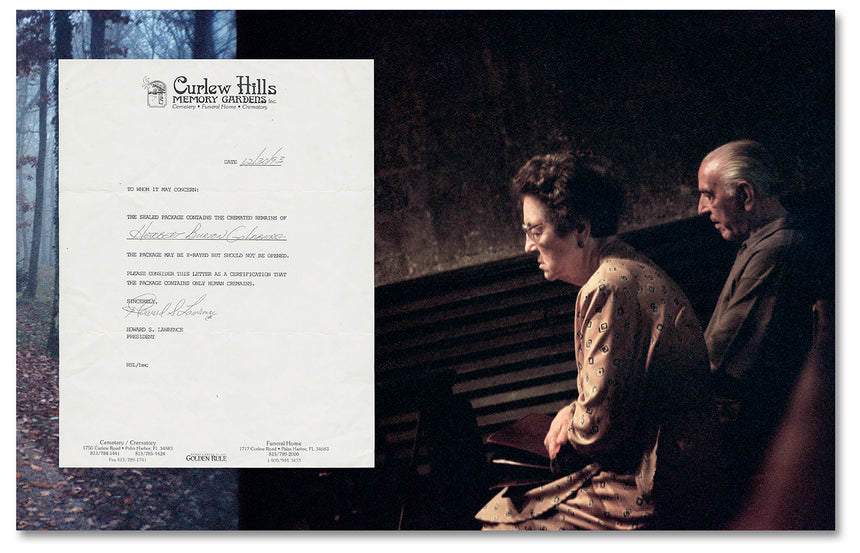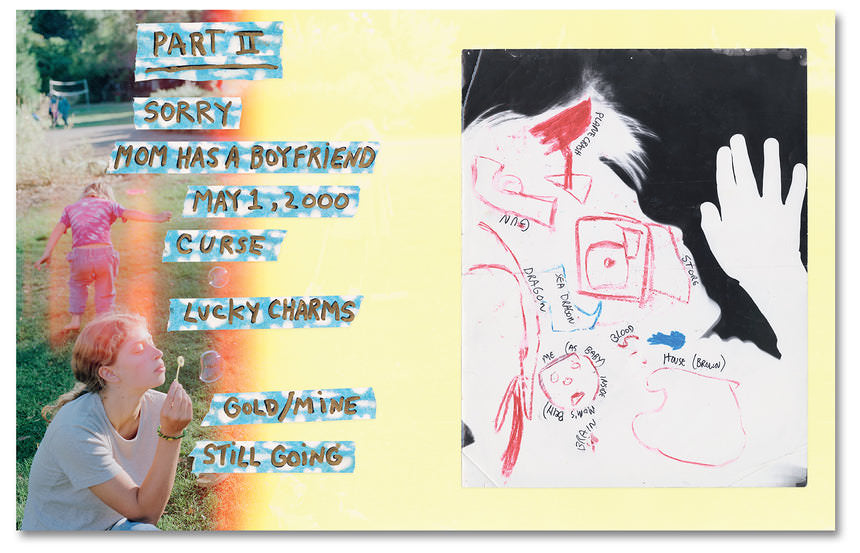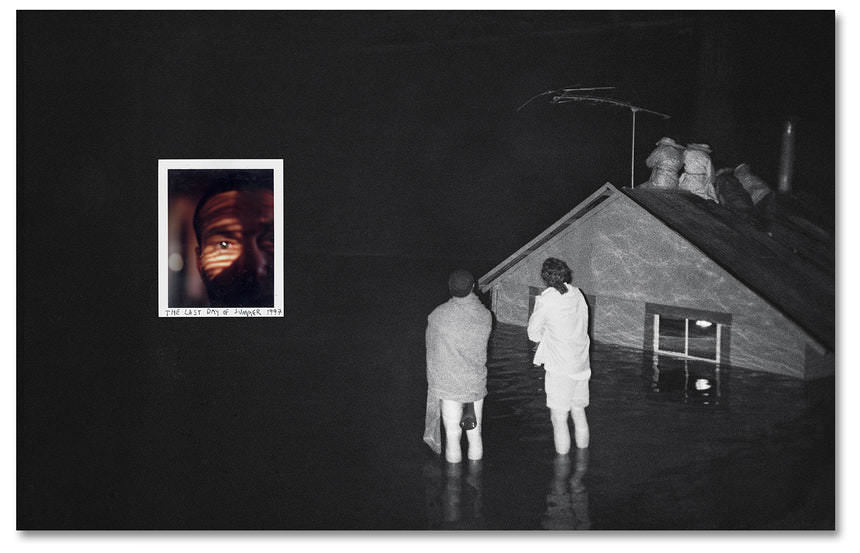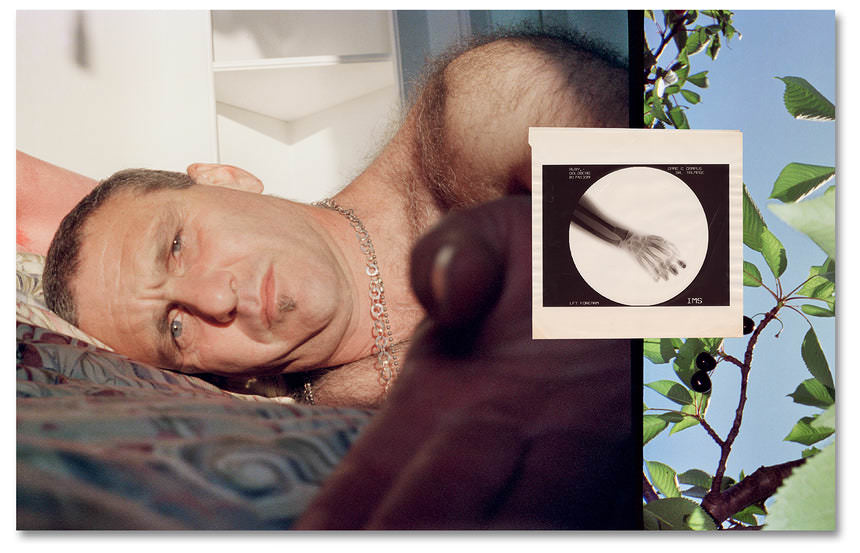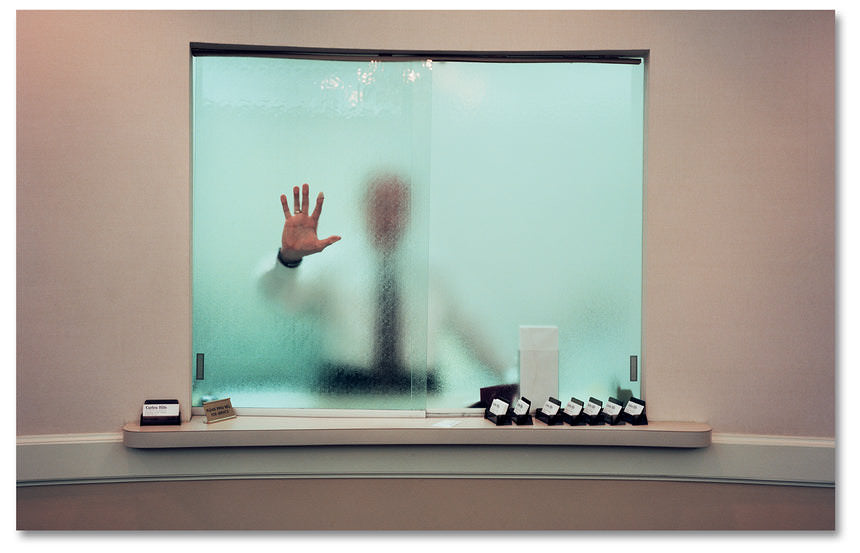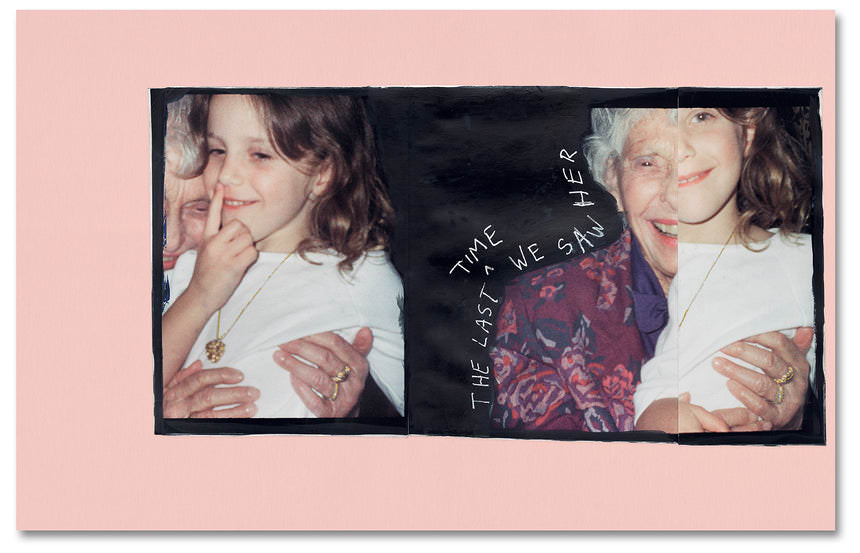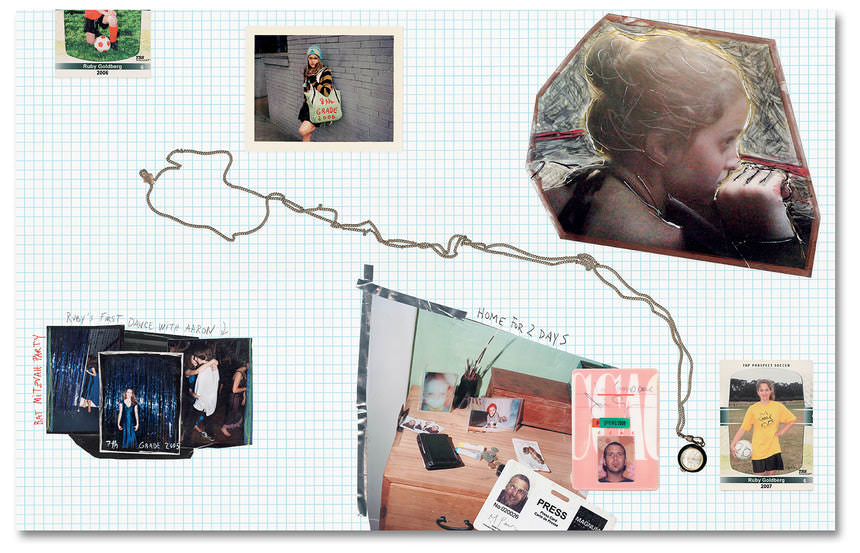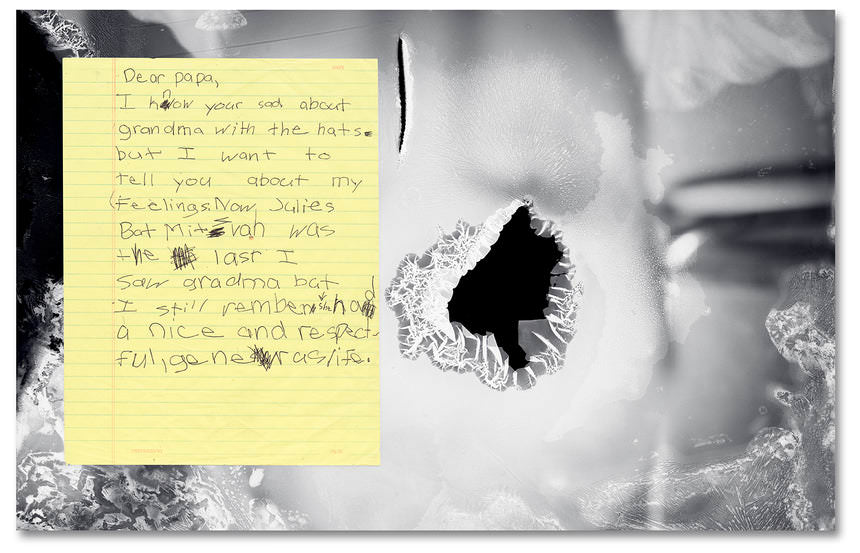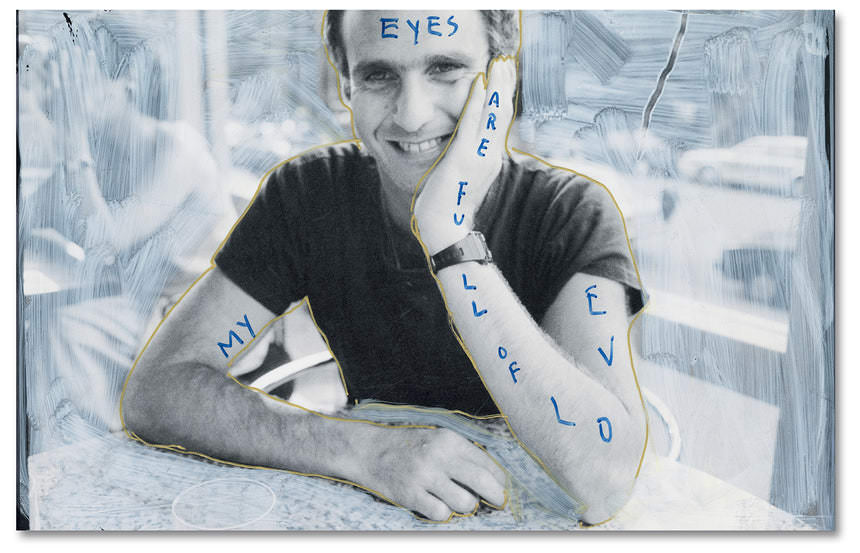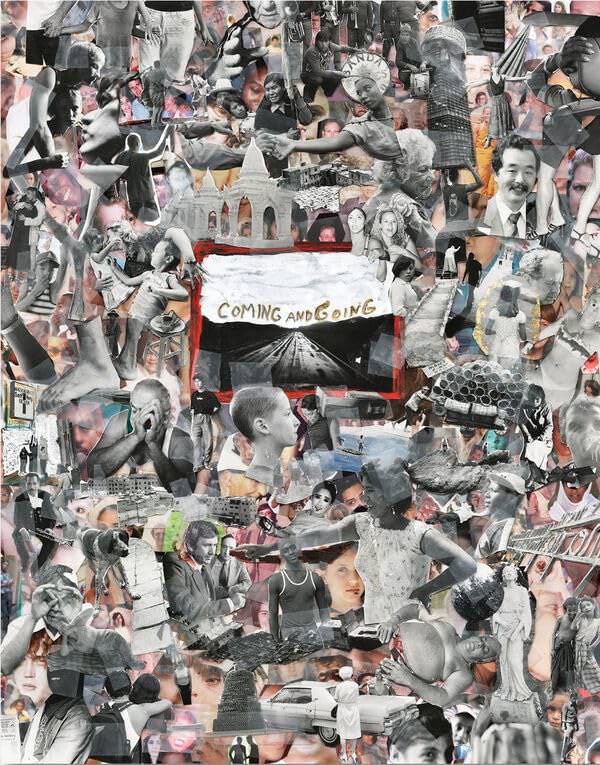Jim Goldberg: Coming and Going
Coming and Going represents Jim Goldberg’s distinctive venture into the realm of autobiography. Since 1999, Goldberg has embarked on a photographic journey through his daily existence, encompassing its myriad fluctuations. Returning to his studio, he employs a unique method of collage, annotation, montage, and reconstruction, for which he has gained considerable acclaim. This volume navigates the tumultuous seas of mourning after the loss of parents, the transformative experience of becoming a parent, the heartrending chapter of divorce, and the rediscovery of love. This narrative unfolds through an equally dynamic amalgamation of solitary and intertwined visuals, personal annotations, collages, and fragments of memorabilia. In capturing the poignant verities of an individual’s journey, the book contemplates the shared, inevitable cycles of arrival and departure that mold us, and how we evolve in comprehending our own identity.
Heralded by renowned works like Rich and Poor (1985), Raised by Wolves (1995), and Open See (2009), Goldberg’s visual lexicon employs sequences and narratives with a fervent vigor. Within his vividly tangible approach, history, recollection, and imagination collide, further invigorated by the influences of fiction, cinema, and the very structure of the book itself. Coming and Going extends an unflinching, raw, and occasionally overwhelming portrayal of a life’s odyssey and a quest for the elusive, universal aspects of existence. This accomplishment stands as Goldberg’s magnum opus, a profound contribution to the art of contemporary book creation.
About the Author
Jim Goldberg, born in 1953, stands as an American artist and photographer renowned for his profound and enduring collaborations with marginalized, disregarded, or otherwise marginalized communities. His accolades include three National Endowment for the Arts Fellowships in Photography, a distinguished Guggenheim Fellowship, the esteemed Henri Cartier-Bresson Award, and the prestigious Deutsche Börse Photography Prize. His creations have found international presence through exhibitions, publications, and collections. Goldberg holds the title of Professor Emeritus at the California College of the Arts and has been an esteemed member of the Magnum Photos agency since 2002. His current residence and workspace reside within the expansive realm of the greater Bay Area.
Goldberg is most notably celebrated for his photography books, multi-dimensional exhibitions, and immersive video installations. Among his notable works are Rich and Poor (1985), Nursing Home, Raised by Wolves (1995), Hospice, and Open See (2009). His oeuvre delves into the lives of those often overlooked or relegated to society’s periphery. Through immersive and extensive collaborations, he probes into the intricate fabric of American myths surrounding class, power, and happiness.
Seated within an experimental documentary movement within photography, Goldberg embraces an unadorned, cinéma vérité approach rooted in a profoundly narrative comprehension of photography. His works bring forth the distinct identities of subjects, “forming a context wherein the viewer can integrate the inconceivable into the self-concept. Thus, this disconcerting ‘other’ is reinstated as universal.”
Goldberg’s presence was intertwined with that of Robert Adams and Joel Sternfeld in a pivotal 1984 exhibition at the Museum of Modern Art titled “Three Americans.” This display was characterized by politically charged and socially conscious imagery.
His influential book Rich and Poor, initially released in 1985 and expanded by Steidl in 2014, melds home photographs with handwritten accounts from individuals about their lives. Its concept was ahead of its time, receiving mixed reviews upon its release but later being recognized as one of the 20th century’s most exceptional photobooks.
Goldberg’s groundbreaking 1986 exhibition, The Nursing Home Series, incorporated handwritten text by the nursing home residents who were the subjects of his photographs. His impact in exhibitions like Shooting Back: Photography by and About the Homeless was acknowledged as “Issue Art,” elevating him as a superior Issue Artist due to his exceptional artistic prowess.
The monumental mixed-media exhibition Raised by Wolves, centering on at-risk and homeless youth in California, commenced in 1995 and traveled extensively. This was accompanied by a namesake book. Goldberg’s work delved into the domain of other artists, using various mediums to convey meaning, resonating with the viewer’s psyche, and echoing the allure of vulnerability and pain.
Goldberg’s series “Open See,” focusing on refugees, immigrants, and trafficked individuals, was first unveiled in 2007. These visuals have been described as leaving viewers questioning how to alleviate depicted injustices. This series culminated in a notable book published in 2009.
In 2013, Goldberg partook in an artistic residency at the Yale University Art Gallery. His project “Candy” illuminated New Haven’s aspirations juxtaposed with its realities, fusing Super 8 film stills, urban landscapes, annotated Polaroid portraits, and archival fragments to narrate the city’s rise and fall. Jim Goldberg’s pioneering use of image and text has solidified his status as a trailblazing photographer. His four-decade-long engagement with experimental storytelling has yielded remarkable projects and books, encompassing works like Rich and Poor, Raised by Wolves, Nursing Home, Open See, The Last Son, Ruby Every Fall, Candy, Darrell & Patricia, and Gene. His pieces grace private and public collections, including esteemed institutions like the Museum of Modern Art, San Francisco Museum of Modern Art, Whitney Museum of American Art, Getty, and the Los Angeles County Museum of Art. Among the numerous honors he’s received are the National Endowment for the Arts Fellowships, a Guggenheim Fellowship, the Henri Cartier-Bresson Award, and the Deutsche Börse Photography Prize. Goldberg, now Professor Emeritus at the California College of the Arts, stands as a distinguished member of Magnum Photos.
In the lineage of social documentarians such as Walker Evans and Robert Frank, Goldberg’s work resonates with his profound fascination with individuals and their roles within society, shaped by cultural norms and practices. His creations epitomize Frank’s insight that “the truth is somewhere between the documentary and the fictional.”

